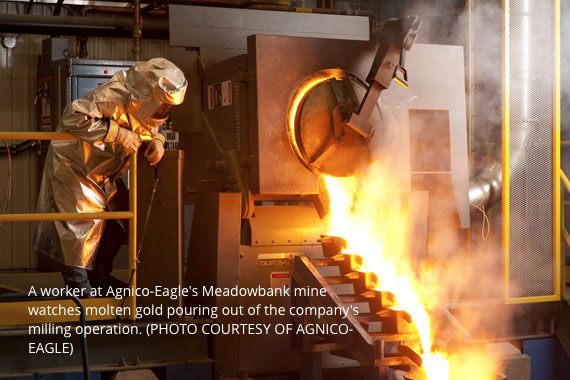Bond Market Making Headlines
by Benjamin Streed, CFA, Fixed Income, Raymond James
Summertime is just around the corner and oil is rebounding from its springtime lows, retail sales and the US consumer are showing signs of strength, wages are beginning to increase, job creation continues to grow at a decent clip and most other economic data appear to be both positive and relatively stable. So why then are we seeing headlines such as this one from Bloomberg, that proclaim “Yield Grab Pushes Treasuries Curve Near the Flattest since 2007”? Interestingly enough, although most economic data is reminiscent of a late stage recovery inflation continues to the proverbial “thorn in the flesh”, as it appears unable to breach the Fed’s intended 2% threshold or, at the very least, show meaningful signs of a rise consistent with the other positive economic data. As of Monday morning, the difference in yield between 2-year and 10-year Treasuries (blue line below) currently sits at only 95 basis points (bp) or 0.95% while the spread between 2-year and 30-year Treasuries (yellow line) rests at only 179bp. Both measures are at their lowest levels since the Great Recession and have shown a pretty consistent bias to the downside over the last few years in the post-quantitative easing (QE) world. The Federal Open Markets Committee (FOMC), informally referred to as “the Fed”, will meet next in June to add yet another chapter to the book of “will they or won’t they?” raise rates.
If the markets had to pick a single talking point, a key variable the world seems to be fixated on ahead of June’s Fed meeting it would be inflation. Stoking and maintaining a moderate level of inflation is not just an issue here in the US, but worldwide as most of the developed world struggles with the same challenge. For all the multi-trillion dollars, euros, and yen poured into the global financial system post-crisis it appears inflation is much harder to create this time around. How is this time different? Demographic changes have made the last crisis harder to deal with as a large portion of the global population enters their golden years. On top of that, central banks around the globe are more willing to do whatever it takes (think negative rates and QE) to help their domestic economies, despite the worldwide economy being more integrated than ever and likely warranting a more coordinated response. The markets are currently pricing in only a slight possibility of a rate hike in June and only a 50/50 chance anything happens by year’s end. However, inflation expectations are beginning to show some signs of life despite the flattening of the yield curve noted above. For example, the current 5-year breakeven rate, the difference in yield between a nominal 5-year Treasury note and a similar maturity inflation-linked note (TIPS) is 1.54%. This can be interpreted as meaning the market is expecting 1.54% inflation per year on average for the next five years. Seems low doesn’t it? The Fed would like to see something closer to 2.00%, but 1.54% is well above the post-recession low of only 0.94% seen back in February. In other words, 5-year inflation expectations are up 63% in only a few months. Where was the headline for that?
Copyright © Raymond James
















